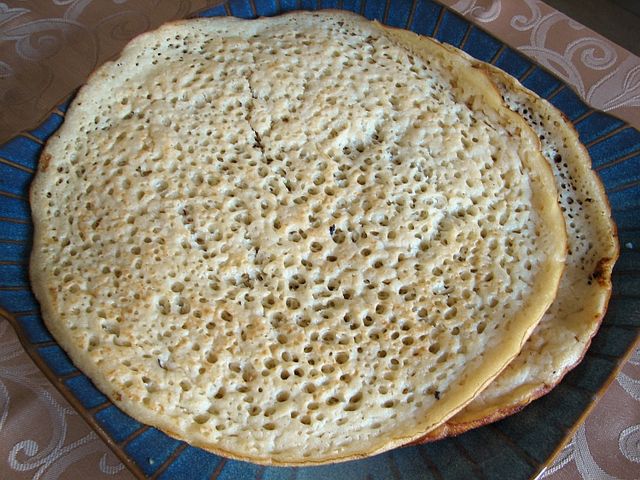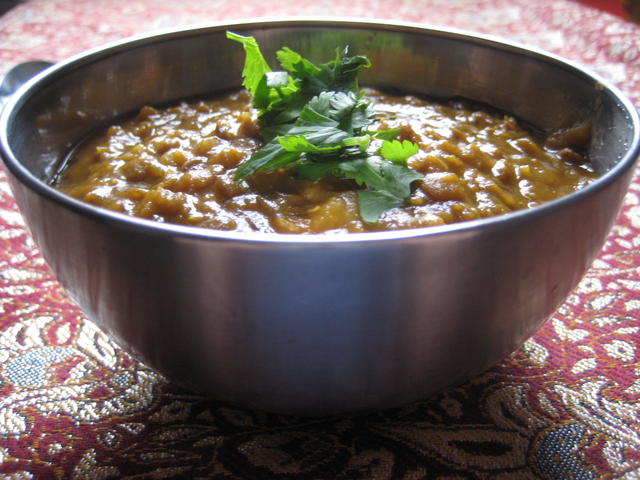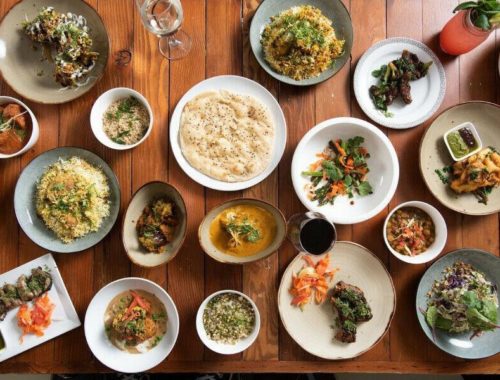
Mandi in Yemeni Street Food
When wandering through the bustling streets of Yemen, the aroma of Mandi—a fragrant and savory rice dish—often wafts through the air, enticing passersby with its rich and tantalizing scent. Mandi, Yemen’s national dish, holds a special place not only in the homes of its people but also in the vibrant street food culture that defines daily life in the region. This blog post delves into how Mandi is served and enjoyed locally as part of Yemen’s dynamic street food scene.
The Heartbeat of Yemeni Street Food
Street food in Yemen is more than just a culinary experience; it’s a social ritual and a reflection of the country’s rich cultural tapestry. Mandi, with its blend of rice, meat, and aromatic spices, is a staple that features prominently in street food stalls and local eateries. It’s not just food; it’s a symbol of hospitality, tradition, and communal life.
The Traditional Mandi Experience
Mandi is traditionally made using basmati rice, lamb (or sometimes chicken), and a complex mix of spices, including saffron, black lime, and cumin. The preparation of Mandi is an art form, often involving a tandoor oven—a clay oven that imparts a unique smoky flavor to the dish. In Yemen’s street food culture, Mandi is typically served in a casual setting where the emphasis is on community and convenience.
1. Street Food Stalls: A Flavorful Feast
Street food stalls are the heart of Mandi’s street food scene. These stalls, often set up in busy marketplaces or near popular gathering spots, offer Mandi in a casual, yet flavorful setting. The setup usually involves large, steaming pots of Mandi, with tender chunks of meat and aromatic rice ready to be served. The food is often presented on large platters, allowing customers to enjoy generous portions.
At these stalls, the preparation of Mandi is a communal affair. Vendors skillfully handle the tandoor, ensuring that each batch of Mandi is cooked to perfection. The smell of sizzling meat and spices fills the air, creating an inviting atmosphere for locals and visitors alike. Eating Mandi from a street food stall is not just about the food; it’s about experiencing the essence of Yemeni culture firsthand.
2. Mandi in Local Eateries
In addition to street stalls, Mandi is also served in more established local eateries. These restaurants often offer a more comfortable dining experience while maintaining the authenticity of the dish. Here, you might find Mandi served with a variety of accompaniments, such as fresh salads, yogurt-based sauces, and traditional Yemeni bread.
The presentation in these eateries is often more refined compared to street stalls, but the essence of Mandi remains the same. The meat is slow-cooked to achieve a tender, flavorful texture, and the rice is seasoned with a blend of spices that provide depth and warmth. Dining in a local eatery provides a more immersive experience, allowing you to savor the dish in a setting that reflects the hospitality and warmth of Yemeni culture.

How Mandi is Enjoyed Locally
1. A Communal Dish
Mandi is more than just a meal; it’s a dish that brings people together. In Yemen, it is common to find families and friends gathering around a large platter of Mandi, sharing the dish as a communal experience. The act of eating Mandi is often accompanied by conversation, laughter, and a sense of togetherness. This communal aspect of Mandi is central to its role in Yemeni street food culture.
2. Special Occasions and Celebrations
While Mandi is enjoyed as a street food staple, it also holds a place of honor during special occasions and celebrations. Whether it’s a wedding, a religious holiday, or a family gathering, Mandi is often the centerpiece of festive meals. During these times, the preparation of Mandi becomes a ceremonial event, with families and friends coming together to cook and enjoy the dish. The festive atmosphere adds an extra layer of significance to the meal, making it a cherished tradition.
3. Customizing Your Mandi Experience
One of the delights of enjoying Mandi locally is the opportunity to customize your dining experience. Vendors and restaurants often offer various options for customizing Mandi, allowing you to choose your preferred type of meat (lamb, chicken, or beef) and adjust the level of spice to your taste. This flexibility ensures that each Mandi experience is tailored to individual preferences, making it a dish that can be enjoyed by everyone. For more information about the Yemen national dish, please take a look at their webpage to learn more.
4. Accompaniments and Sides
Mandi is typically served with a range of accompaniments that enhance the overall dining experience. Common sides include tangy tomato salad, refreshing cucumber salad, and spicy chili sauces. These sides provide a contrast to the rich and hearty Mandi, adding layers of flavor and texture to the meal. Yemeni bread, such as lahooh or tannoor bread, is often served alongside Mandi, perfect for scooping up the flavorful rice and meat.
Conclusion
Mandi is more than just Yemen’s national dish; it is a vibrant and integral part of the country’s street food culture. From the bustling street stalls to the more refined local eateries, Mandi is a dish that embodies the essence of Yemeni hospitality and tradition. Whether enjoyed as a casual street food or as part of a festive gathering, Mandi remains a beloved culinary staple that brings people together, celebrating the rich flavors and cultural heritage of Yemen. As you explore the streets of Yemen, take a moment to savor this iconic dish and experience the warmth and community that it represents.





